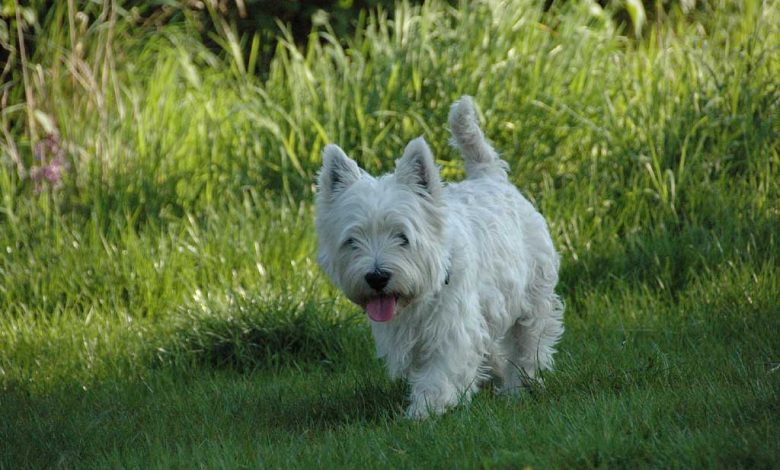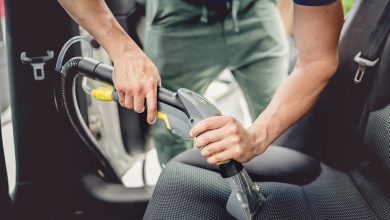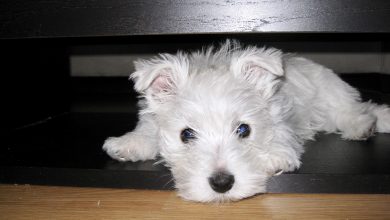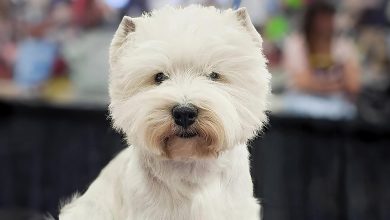Dog owners are being urged to avoid walking their dogs during the hottest part of the day to prevent burnt paws and heatstroke.
The dog lovers at Years.com are warning all owners not to take their pets out during peak times of the day during the current sunny spell.
With the UK bracing itself for the hottest temperatures of the year, many dog owners will see it as the perfect opportunity to take their pets out for a walk to enjoy a much-needed bit of sunshine.
But taking the dogs out during the hottest parts of the day can impose serious risks to their health that could result in a trip to the vet.
Pavements can heat up to dangerous temperatures which can lead to burnt paws causing severe pain and discomfort.
The experts are urging owners to walk dogs early morning and to choose pathways with plenty of grass and shade to keep them cool.
Darren Beale, founder of Years.com said: “We all get excited when the sun comes out and the weather warms up, but to dogs, it may be what they fear the most.
“Many owners want to take their dogs out to enjoy a sunny afternoon stroll, but it can impose serious health risks such as burnt paws or dangerous cases of heatstroke.
“The last thing anyone wants to do is to harm their beloved pets, which is why we’re urging everyone to be cautious about taking their pet out for a walk by avoiding midday strolls and shortening walks in general.”
Here is what you should do when planning to take your dog out for a walk in hot weather:
Early morning walks
On hotter days, the weather usually reaches its peak between midday and late afternoon, which is why it’s safer to opt for an early morning stroll. It’s also safer for dogs to walk on pavements and grass without them being at alarming temperatures.
Pathways with grassy surroundings
Having dogs walk on cool grass will make it more comfortable for them without getting burnt paws, but make sure to stick to shady grass areas where possible as direct sunlight can still make it hot to walk over.
Shorter walks
Quick walks over frequent periods can help prevent dogs from getting overheated. Taking the dogs out for three 10-minute walks throughout the day can be more beneficial to their health than taking them on one long walk during the peak of the heat.
Late evening strolls
Once it starts to cool down in the late evening, it’ll be safer to take the dogs out for a stroll. Make sure to check the temperature first and to feel the ground for how hot the pathway is before venturing out. It’ll still be light outside, so you won’t be walking in the dark.
Bring cool water
If you notice your dog’s paws heating up, having some cool water on hand can help prevent them from worsening and causing them serious pain. Make sure to never use ice-cold water as it can further their pain.
Avoid the hotter days
If the weather doesn’t cool down much in the evenings or it remains relatively high in the mornings, avoid walking altogether to prevent the risk. Overheated dogs can pass out or even be struck by sudden death if they develop a painful case of heatstroke.






